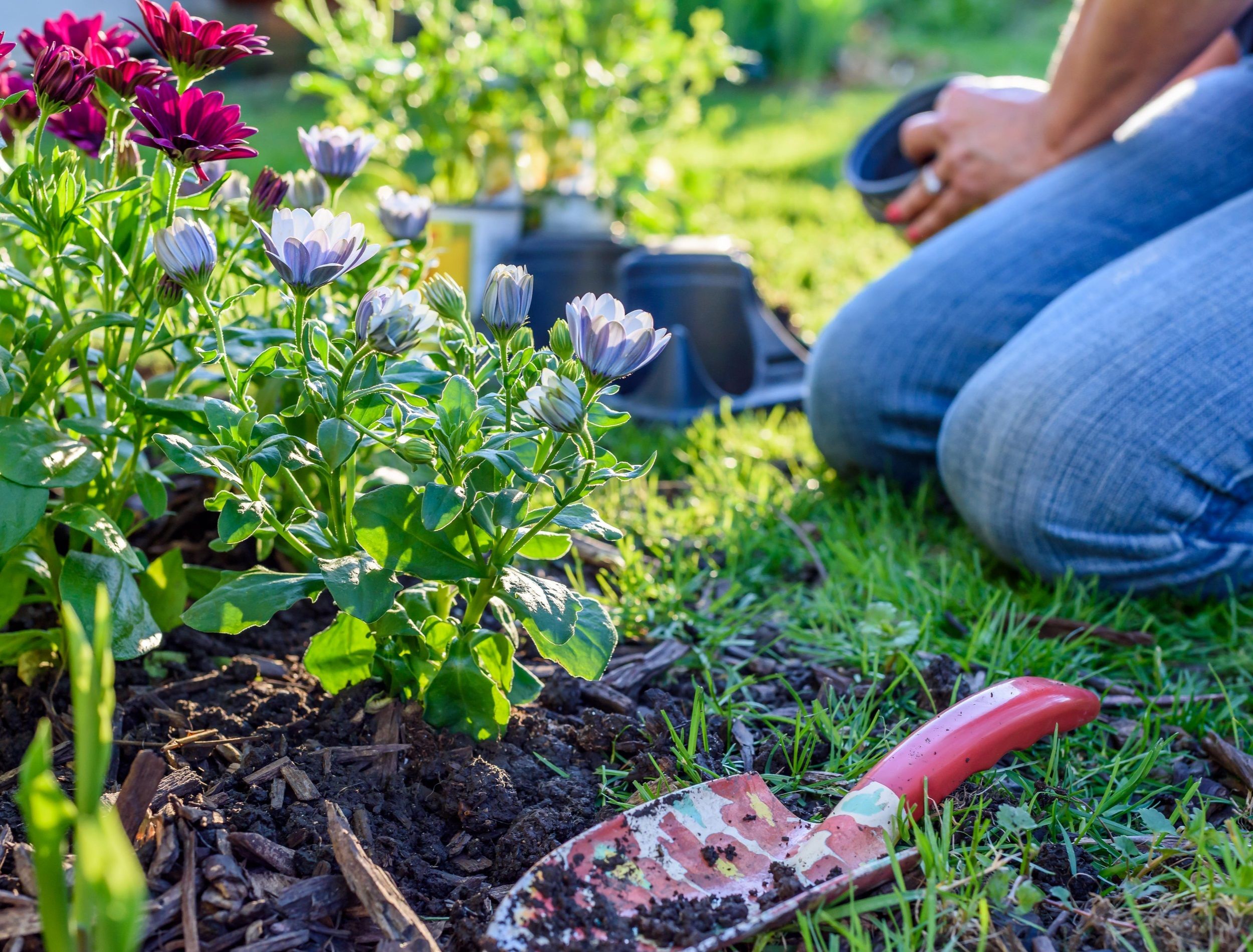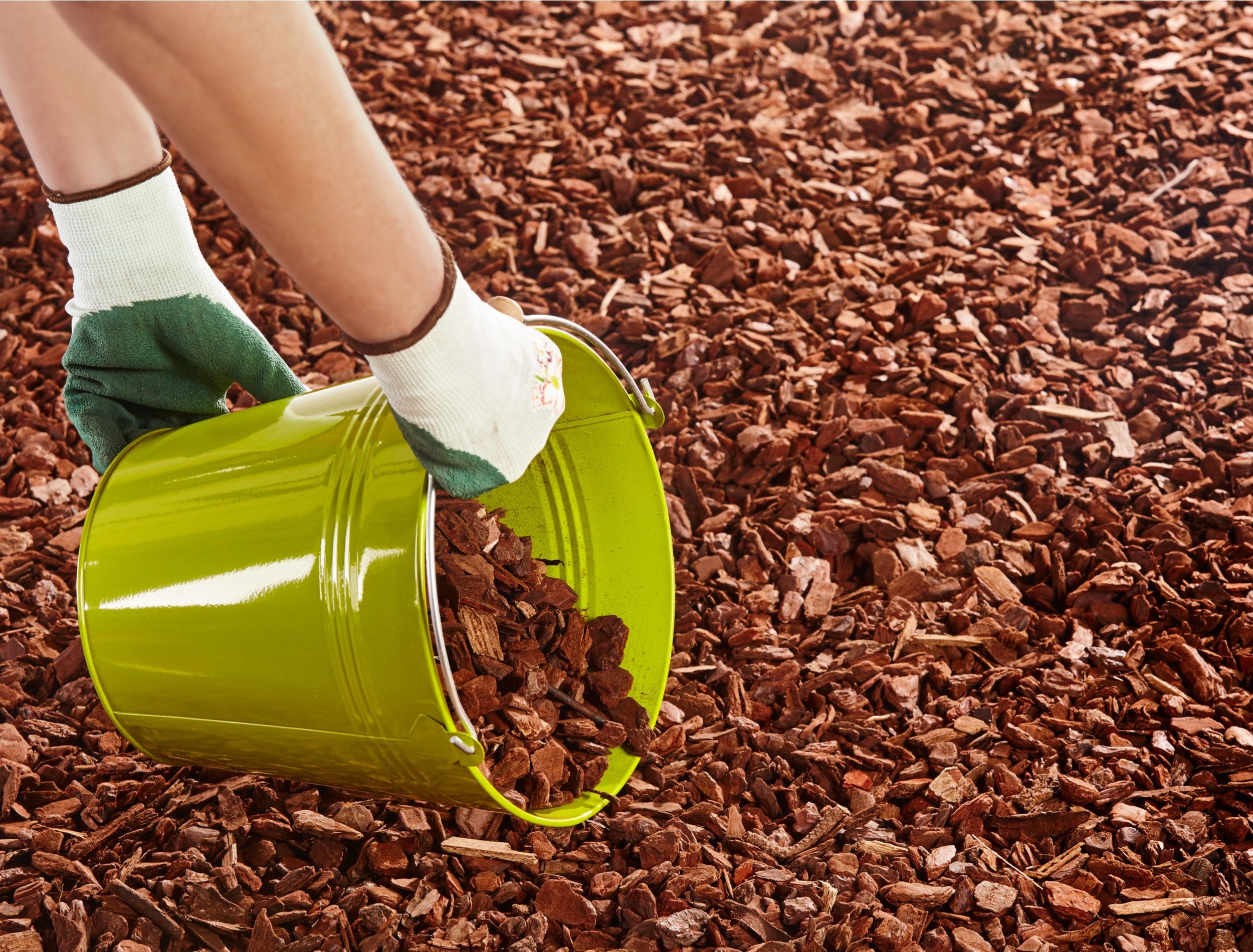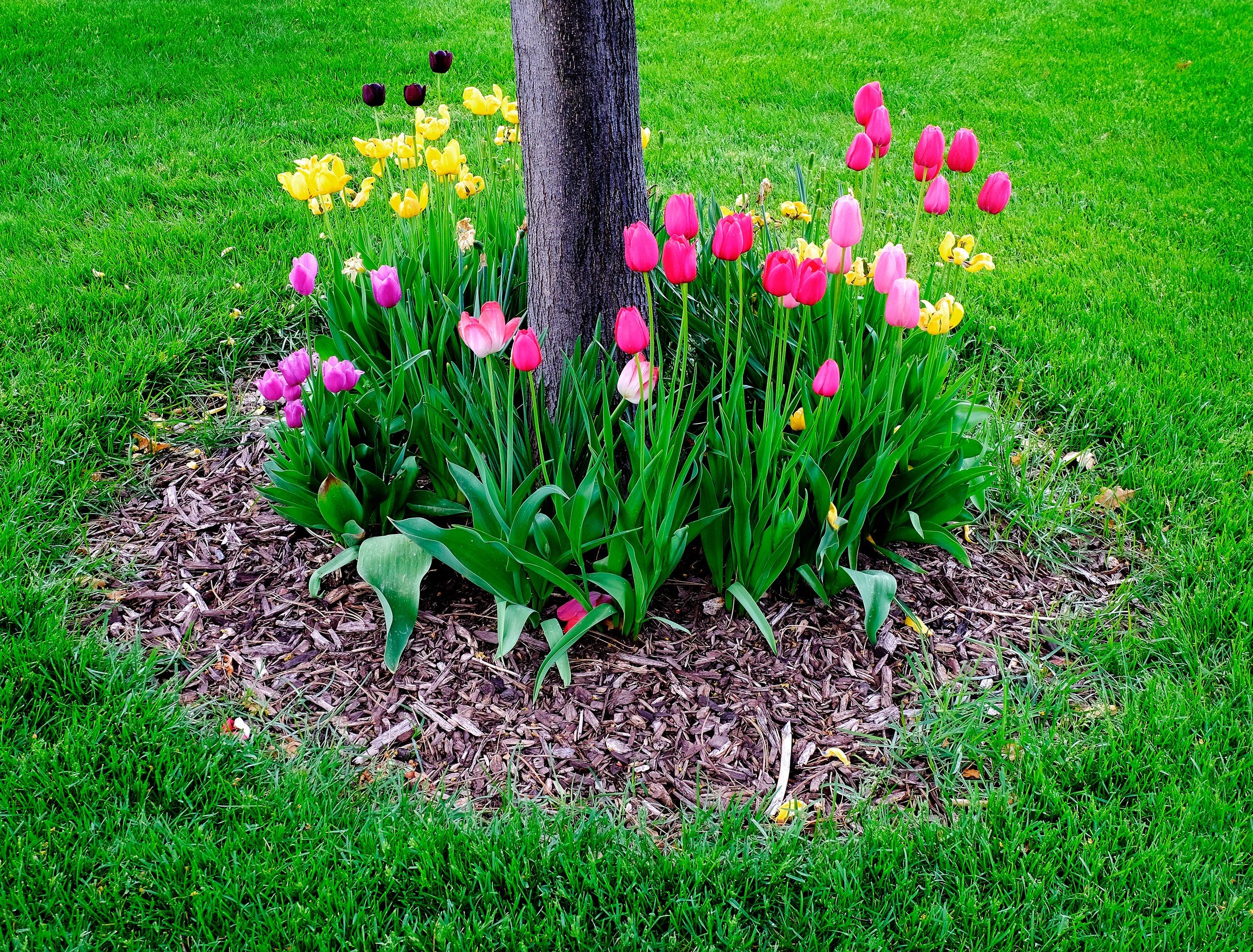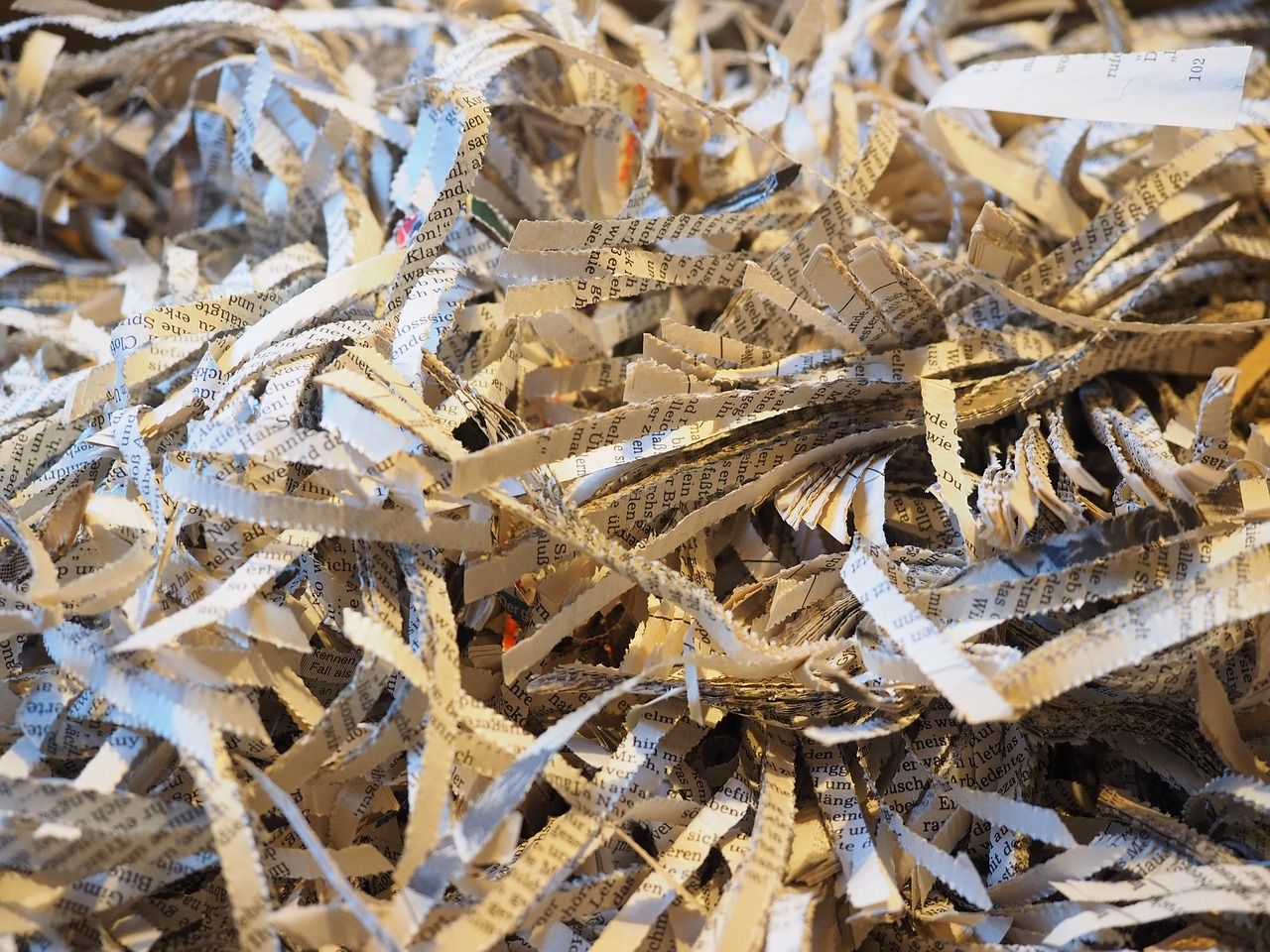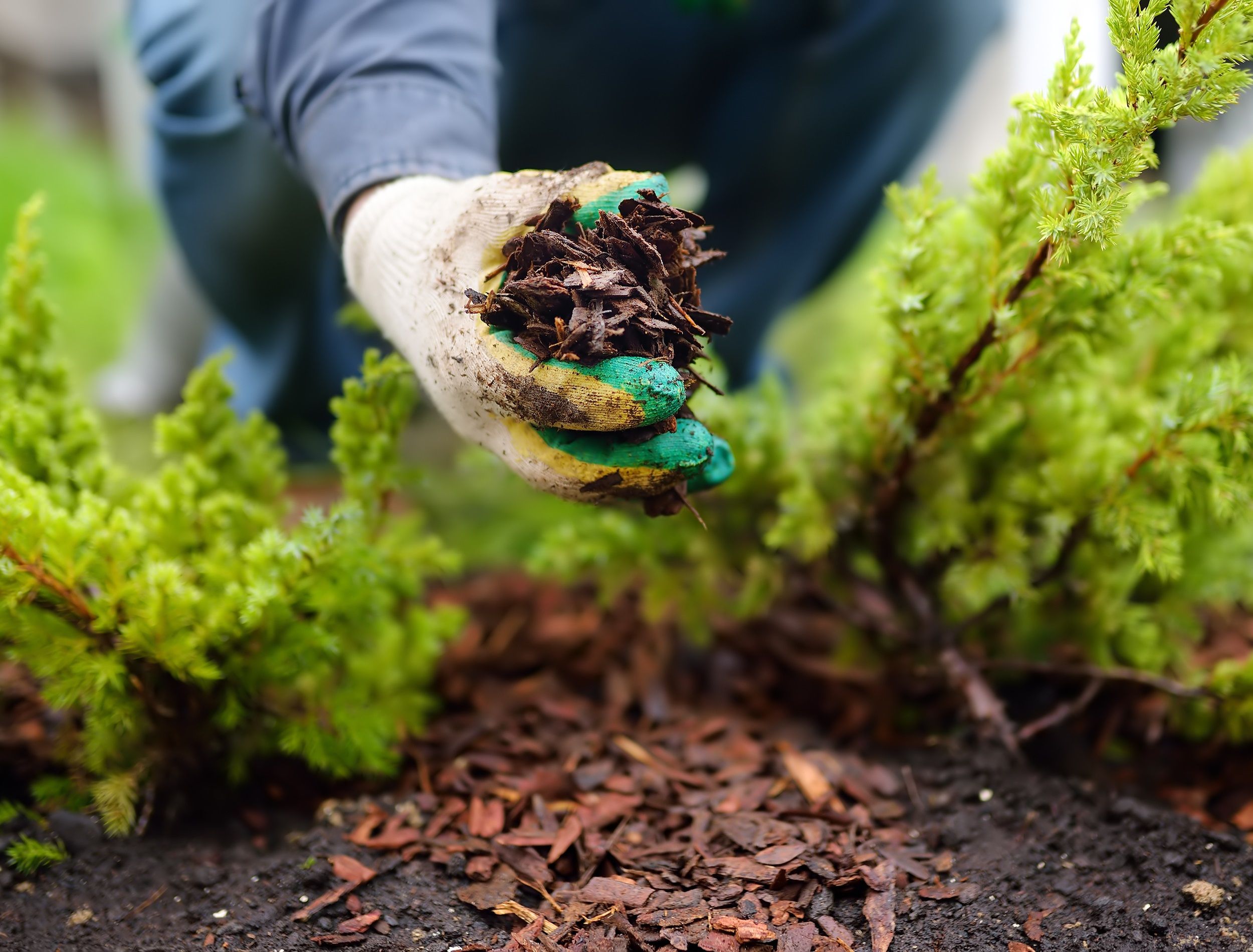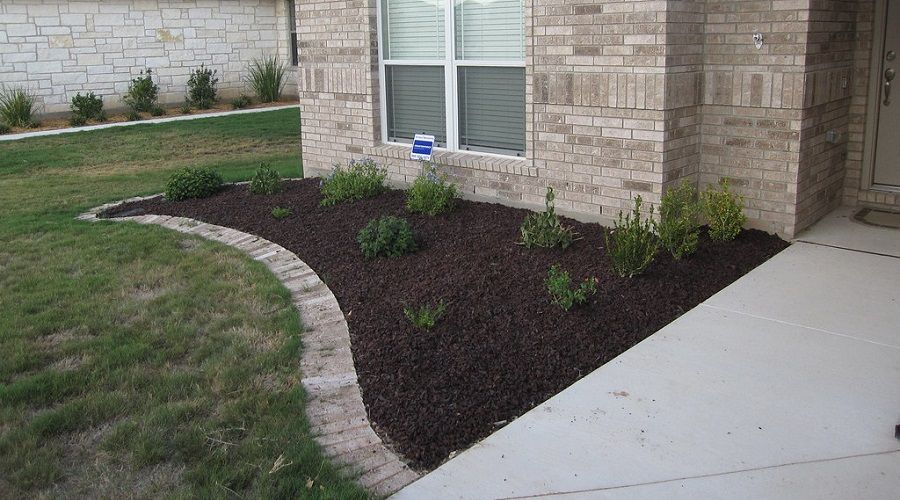Mulching is a great way to protect your plants, soil, and garden from the elements while adding organic matter to the soil. However, there are some common mistakes that people make when mulching their gardens. By avoiding these mistakes, you can ensure that your gardening efforts are successful. So, what are these seven mistakes? Read on to find out!
Wrong Time of Year
Image credit: stockcreations via Shutterstock
Mulching is most effective when done in mid to late spring. It helps insulate plants from extreme temperatures, so it's not ideal for use in hot summer months or cold winter months.
Additionally, it can help prevent weed growth. And as we all know, weeds can be a pain to get rid of! By mulching in the spring, you can help deter their growth and save yourself some headaches down the road.
It also helps conserve moisture in the soil. This is especially beneficial if you live in an area that tends to be dryer than others. By keeping the ground moist, your plants will have a better chance of surviving and thriving.
Mulching Too Deeply
Image Credit: Jon Rehg via SHutterstock
When mulching, be sure not to pile it on too thick. A layer that's too deep can smother plants and prevent them from getting the oxygen they need. A general rule of thumb is to mulch no more than three inches deep.
Also, a thick layer can prevent water from getting to the roots of your plants. So, when you are mulching your garden, make sure to do it lightly.
Not Mulching Around Trees
Image Credit: Lane V. Erickson via Shutterstock
Trees need mulch too! Mulching around the base of a tree helps insulate the roots and prevent moisture loss. Be sure to mulch out to the drip line (the outermost edge of the tree's canopy) for the best results.
It is also a great way to keep the soil cool and moist.
There are many different types of mulch that you can use around trees. Some examples include wood chips, bark, leaves, straw, and grass clippings. Whatever type you choose, make sure that it is organic and free of chemicals.
Using the Wrong Material
Image credits: Hans via Pixabay
There are many different materials you can use for mulch, but not all of them are created equal. Avoid using materials like plastic, which can actually harm plants, or rocks, which can make it difficult for water to penetrate the soil. Instead, opt for organic materials like wood chips, leaves, or grass clippings.
If you're not sure what type of mulch to use for your plants, ask a gardening expert. Also, when in doubt, it's always better to err on the side of using too little rather than too much. Too much mulch can bury your plants and suffocate them. Start with a thin layer and add more if needed.
Not Renewing Regularly
Image credit: Maria Sbytova via Shutterstock
Mulch breaks down over time, so it's important to renew it on a regular basis. Depending on the type you're using, you may need to refresh it every few months or every year. This will vary depending on the climate and the amount of rainfall in your area.
Plants need fresh mulch every year to stay healthy and thrive. Without it, they are more susceptible to disease, pests, and extreme weather conditions. So, make sure to give your plants the fresh mulch they need, when they need it - their health depends on it!
Applying Too Close to Plants
Image credit: OzCameraman via Shutterstock
As we’ve mentioned, mulch is a great way to protect your plants and keep them healthy. However, applying it too close to the base of your plants can actually do more harm than good. This is because mulch can retain moisture and cause rot, which can lead to serious problems for your plants.
Therefore, it’s important to apply it at the correct depth and distance from the base of your plants to ensure their health and prevent any problems. A good rule of thumb is to mulch no closer than two inches from the plant stem.
Not Using Mulch at All!
Image Credit: roger_mommaerts via Creative Commons
Last but not least, the worst mulching mistake you can make is not using any at all. Mulch provides vital protection for your plants and helps your garden thrive. So, be sure to add it to your garden this spring and enjoy the benefits all season long.
Go Get Started!
Mulching your garden is a great way to improve the health of your plants and soil, but it’s important to do it correctly. Avoid these seven mistakes, and you’ll be on your way to gardening success! Have you ever mulched your garden? What tips would you add? Let us know in the comments below!

